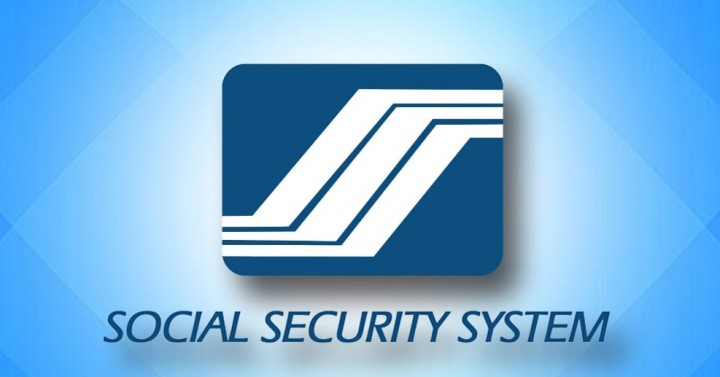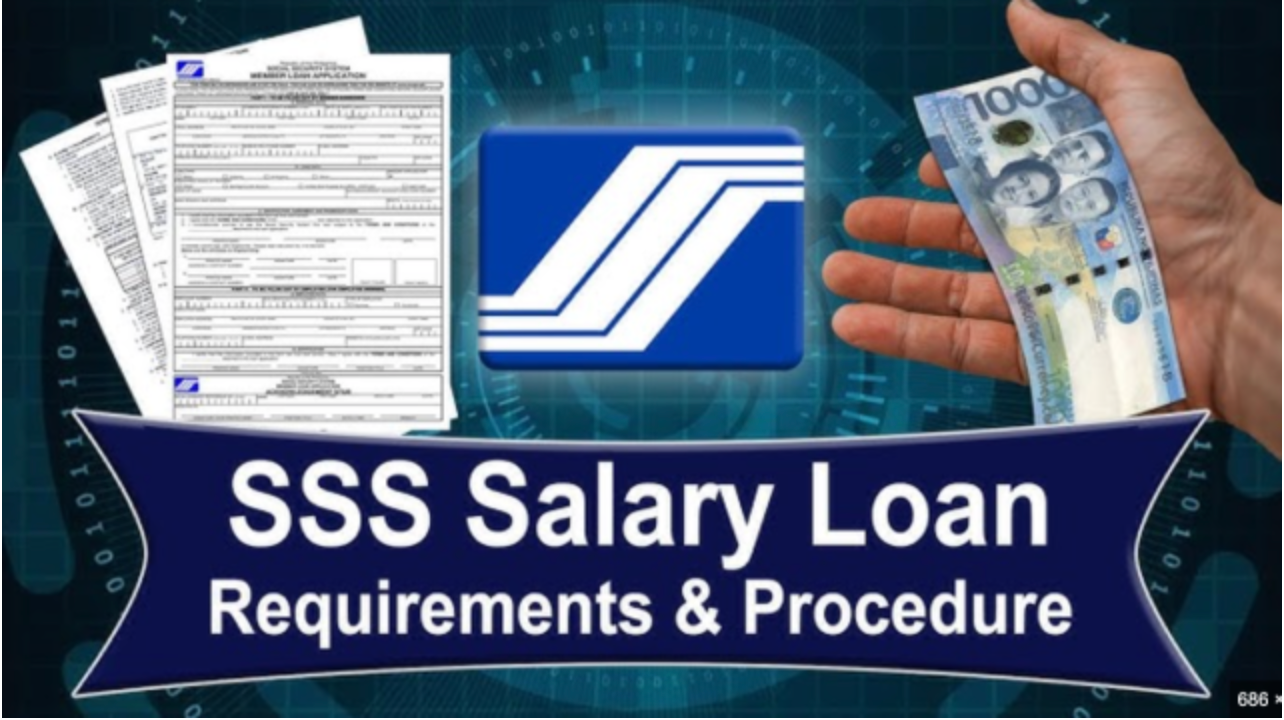By Edielyn Mangol, Reporter
When financial emergencies happen, many Filipinos turn to government loan programs for relief. The Social Security System (SSS) salary loan remains one of the most trusted options for workers, thanks to its low interest rate and government-backed security.
Unlike the best lending apps that can charge steep fees, or Pag-IBIG loans that are usually larger and long-term, the SSS salary loan focuses on short-term financial support with manageable repayment.
This updated SSS loans guide for 2025 explains the requirements, loan features, step-by-step application process, pros and cons, and how it compares to other borrowing options. By the end, you’ll know whether the SSS salary loan is the right choice for your financial situation.

What is an SSS salary loan?
An SSS salary loan is a short-term credit facility granted to qualified members of the Social Security System. It is designed to help cover personal and emergency expenses, such as hospital bills, tuition, home repairs, or temporary cash flow gaps.
Unlike private lenders or the best lending apps that rely on speed but charge high rates, the SSS salary loan offers a safer and more affordable solution.

The amount you can borrow depends on your contribution history. Repayment is usually made through salary deductions for employed members, or direct payment for self-employed and voluntary members. Because it is tied to your contributions, the loan promotes discipline while ensuring financial accessibility.
Updated SSS salary loan requirements for 2025
To maintain fairness and sustainability, the SSS has updated its requirements for 2025. These requirements ensure that only active, compliant members can borrow.
To qualify for an SSS salary loan in 2025, you must:
- Have at least 36 months of total contributions, with six posted in the last 12 months before applying.
- Be under 65 years old on the date of application.
- Be currently employed, self-employed, or a voluntary member with active records.
- For employed members, your employer must be updated in contributions and loan remittances.
- Have no filed claim for final benefits such as retirement or total disability.
These conditions confirm that SSS loans are designed to support active contributors who rely on regular income.
Loan features and benefits
The SSS salary loan is known for its borrower-friendly terms. Compared to digital lending apps that impose high service fees or penalties, the SSS provides a structured loan that is easier to manage.

Here are its features in 2025:
- Loan amount: Equivalent to one or two months of your average monthly salary credit (MSC), depending on contribution history.
- Interest rate: Fixed at 10% per annum on a diminishing balance.
- Repayment term: Up to 24 months, with equal monthly installments.
- Service fee: 1% of the loan amount, deducted before release.
- Penalty: 1% per month for late or missed payments.
The fixed interest rate and predictable repayment period make it less burdensome compared to private loan offers.
Step-by-step guide to applying for an SSS salary loan
The SSS has modernized its loan application process, making it easier to apply online while retaining the branch application option for those without internet access.
For online application (My.SSS portal):
- Log in to your My.SSS account via the website or mobile app.
- Navigate to E-Services and click “Apply for Salary Loan.”
- Review your loanable amount and repayment terms.
- Submit the request and wait for your employer’s certification.
- Once approved, the proceeds will be credited to your UMID-ATM or enrolled bank account.
For branch application:
- Fill out the Salary Loan Application Form (SL-1).
- Present a valid government ID.
- Submit the form at your nearest SSS branch.
- Wait for your employer’s certification if applicable.
- Claim your loan proceeds via check or bank credit.
The online option is faster and more convenient, though some members still prefer branch processing for personal assistance.
Pros and cons of SSS salary loans
Before applying, it’s important to weigh the benefits and limitations of this loan compared to alternatives like Pag-IBIG loans or lending apps.
| PROS | CONS |
| Lower interest than private lenders. | Loanable amount is limited to contributions. |
| Convenient repayment via salary deduction. | Processing may take longer during peak demand. |
| Government-backed and secure. | Employer compliance is required for employed members. |
| Available both online and in-branch. | Late payments incur strict penalties. |
Understanding these trade-offs helps borrowers decide if this loan meets their needs or if another financing option is better.
SSS salary loan vs. Pag-IBIG loans and lending apps
Choosing between an SSS salary loan, Pag-IBIG loan, or the best lending apps depends on your financial goals. Each option has unique advantages.

SSS Salary Loan: Best for short-term, low-interest borrowing based on contributions. Ideal for emergencies and small expenses.
Pag-IBIG Loans: Offer larger loan amounts with longer repayment terms, often tied to housing and bigger financial needs. Great for long-term commitments.
Best Lending Apps: Provide speed and accessibility with minimal requirements, but interest rates are significantly higher, making them riskier for long-term debt.
If you value stability and affordability, SSS is a strong choice. If you need bigger funds, Pag-IBIG may be better. For urgent, same-day cash, lending apps can help—though at a cost.
Should you apply for an SSS salary loan?
The SSS salary loan remains one of the most practical borrowing options in 2025 for employed and voluntary members. Its government-backed structure, predictable repayment terms, and affordable interest rates make it a reliable choice.
However, its limitations — such as smaller loan amounts and the need for employer compliance — mean it may not fit everyone’s needs.
If you’re looking for safe, low-interest borrowing, the SSS loan is worth considering. For larger financial needs, a Pag-IBIG loan may be more suitable. And if speed is your top priority, the best lending apps can bridge gaps, though with higher costs.
By understanding the updated requirements and carefully comparing alternatives, you can make an informed decision and choose the loan that truly matches your financial goals.








